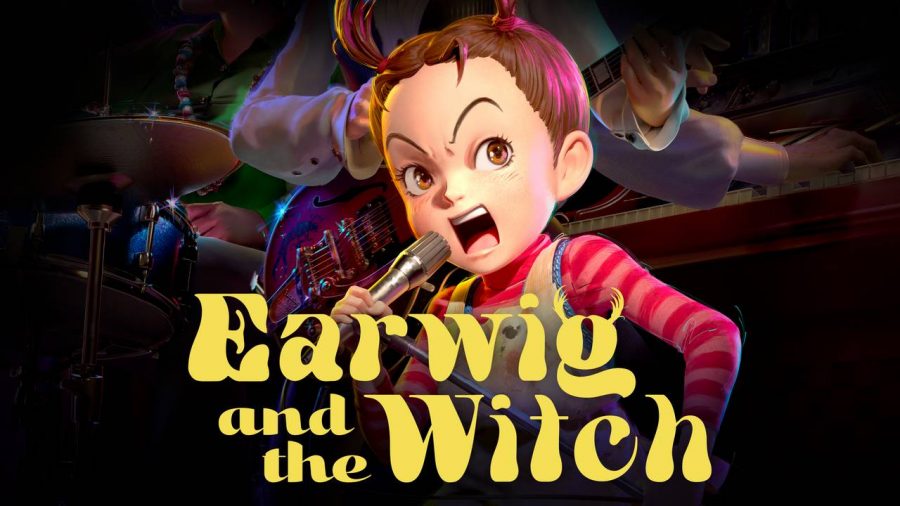REVIEW: Studio Ghibli revamped or ruined: “Earwig and the Witch”
Ghibli’s “Earwig and the Witch” is captivating until its seemingly unfinished ending.
March 22, 2021
Studio Ghibli’s latest movie “Earwig and the Witch” has not done exceptionally well amongst critics or fans. Despite the fact that it is far from being the studio’s best work, it deserves credit for its ability to allure the audience.
“Earwig and the Witch” is based on the novel written by Diana Wynne Jones who also wrote the novel “Howl’s Moving Castle,” which Studio Ghibli adapted into a film as well.
In Britain, a witch is chased by an unknown person to an orphanage where she leaves her infant daughter, Earwig, along with a note saying she will return after she takes care of the 12 witches that are after her. Years later, Earwig, renamed Erica Wigg by the orphanage, is loving her time at the children’s home and hopes to never leave because of her ability to control the other children and the matrons of the home.
A mystifying couple adopts Earwigg and she soon learns that her adoptive mother, Bella Yaga, is a witch and the man who was with her, Mandrake, is actually a demon.
Earwig must learn how to survive in her new home without being bewitched, cursed, or punished by her new masters.
The plot is much more simplistic when compared to Studio Ghibli’s previous films; it isn’t particularly complex nor is there much of a lesson to take away from the story. But Earwig’s zestful personality and her ability to manipulate and adapt to her surroundings manages to create a movie worth watching.
The most disappointing aspect is the ending. There are so many questions surrounding Earwig’s mother, her connection to Bella Yaga and Mandrake, and the 12 witches—almost none of those questions are answered. Instead, the audience is left with a cliffhanger that feels as if there should be a “play next episode” button on the screen.
The most dynamic characters of the film are Mandrake and Bella Yaga as they experience the most growth and have an interesting yet mysterious past. While most people cannot relate to their initially abusive behavior, their renewal of love and passion is empathetic and incredibly human.
The English dubbed movie was released for streaming in the U.S. in February, a few days after the original version premiered in Japan. Studio Ghibli ordinarily animates in a very stylized 2D format, but for the first time, they animated using CGI.
This change created an incredibly different aesthetic that can be jarring for Studio Ghibli’s long-time fans. Though the differences are obvious, viewers can note the similarities in the characters’ dramatic facial expressions, the beautifully detailed scenery, and the whimsical tone.
An extreme shift from the studio’s typical classical and romantic soundtracks, the powerful and electrifying guitar riffs featured in the film create an exciting new feel while still contributing to the magical and otherworldly ambiance of the story. The film’s main song, “Don’t Disturb Me,” performed by Kacey Musgraves in the English dub, is extremely catchy and highlights the personalities of the characters.
Die-hard Studio Ghibli fans may have to adjust their standards before watching the movie, but it has the potential to be an entertaining break from the world for anyone who watches.
Gillian Manning is the Copy Desk Chief for the University Press. For information regarding this or other stories, email or tweet her @gillianmanning_ or email gilliansmanning1@gmail.com.






